This route extends along 163 km through the province of Cuenca and corresponds to the old road "Lapis Specularis", Roman road that connected the lands of the interior of the Plateau with the Levante areas and the Mediterranean ports. The lapis specularis or mirror was used for the road, used to close small openings and with ornamental character, since its purity made it translucent, allowing the light to pass.
The Roman mines of Lapis Specularis are, therefore, one of the largest and best preserved mining complexes of antiquity. The route covers an itinerary that goes from Erc�vica to San Clemente, passing through municipalities such as Ca�averuelas, Villalba del Rey, Portalrubio de Guadamejud, Moncalvillo de Huete, Huete, Loranca del Campo, Carrascosa del Campo, Olmedilla del Campo, Sa�lices, Villas Viejas, Montalbo, El Hito, Villar de Ca�as, Villarejo de Fuentes, Alconchel de la Estrella, Villalgordo del Marquesado, Villar de la Encina, Pinarejo, Santa Maria del Campo Rus.
Seg�briga stands out in this journey, whose importance during the Roman Empire was due to the obtaining and commercialization of the lapis specularis that was carried out in its area of ??territorial influence. The mineral was very appreciated in this area due to its abundance and great quality.
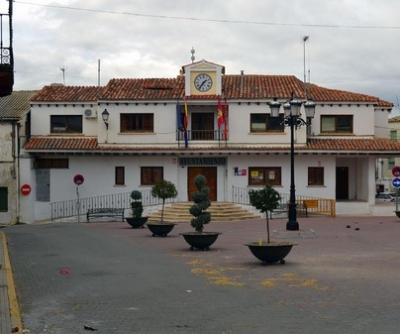


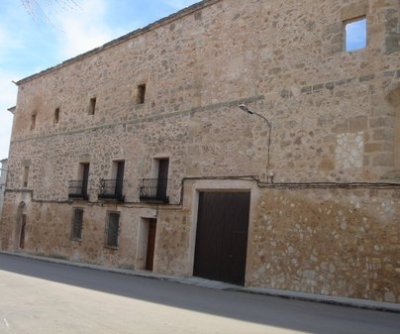
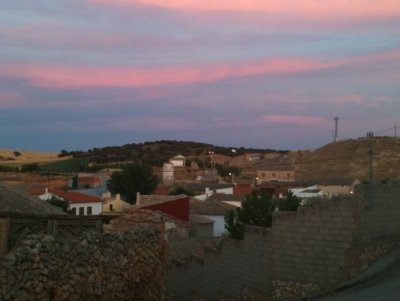
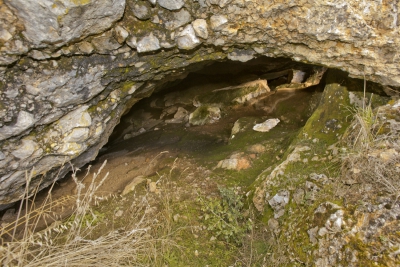
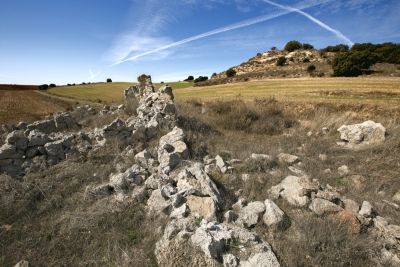
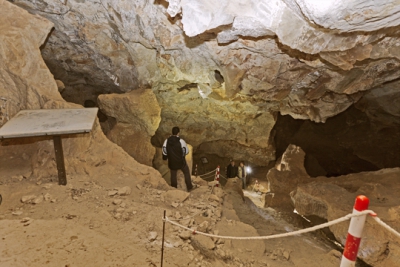
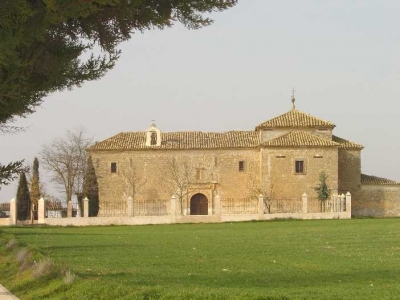

Lapis Specularis:
Intervenciones Plamit:
Parque Arqueológico de Segóbriga: